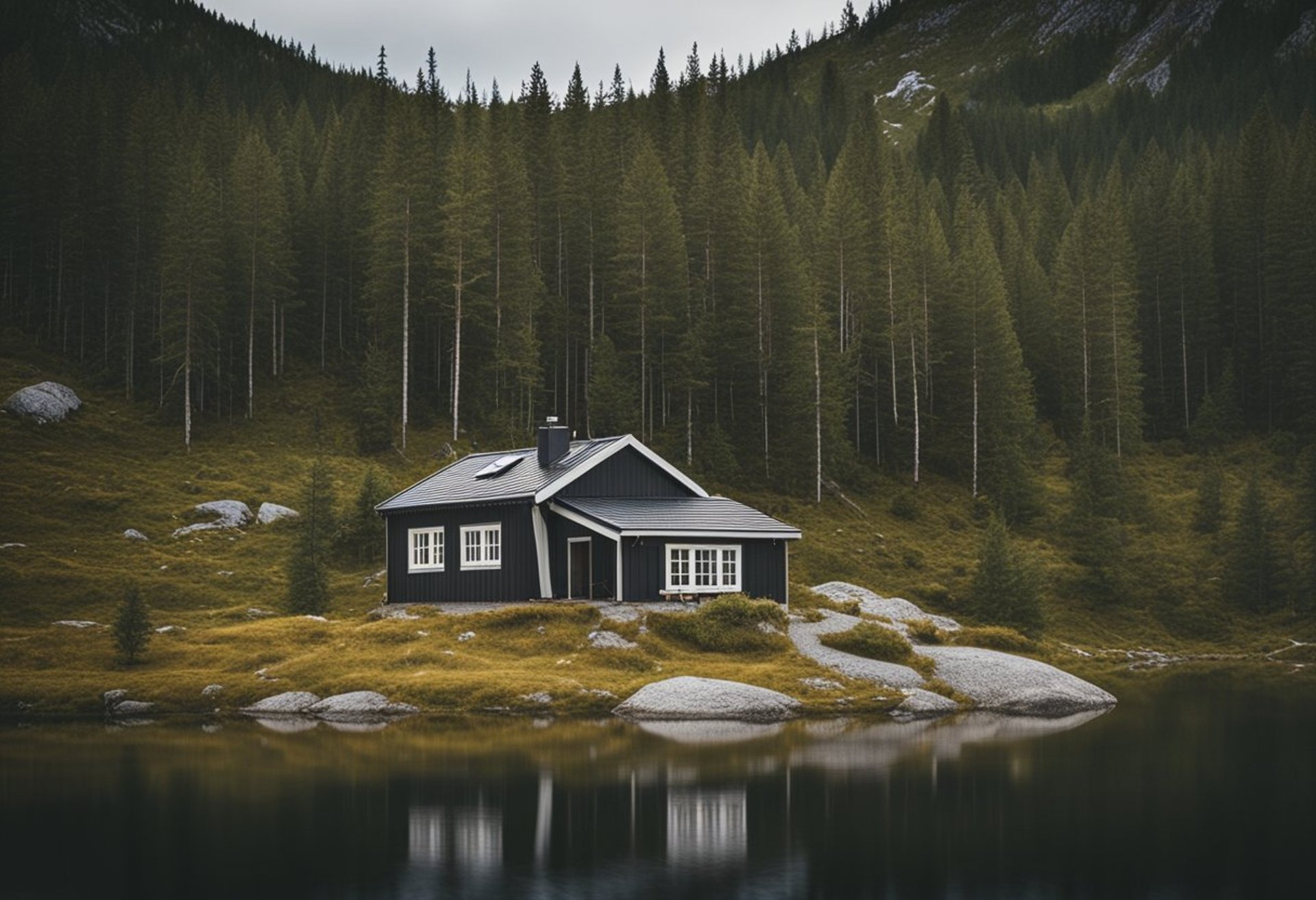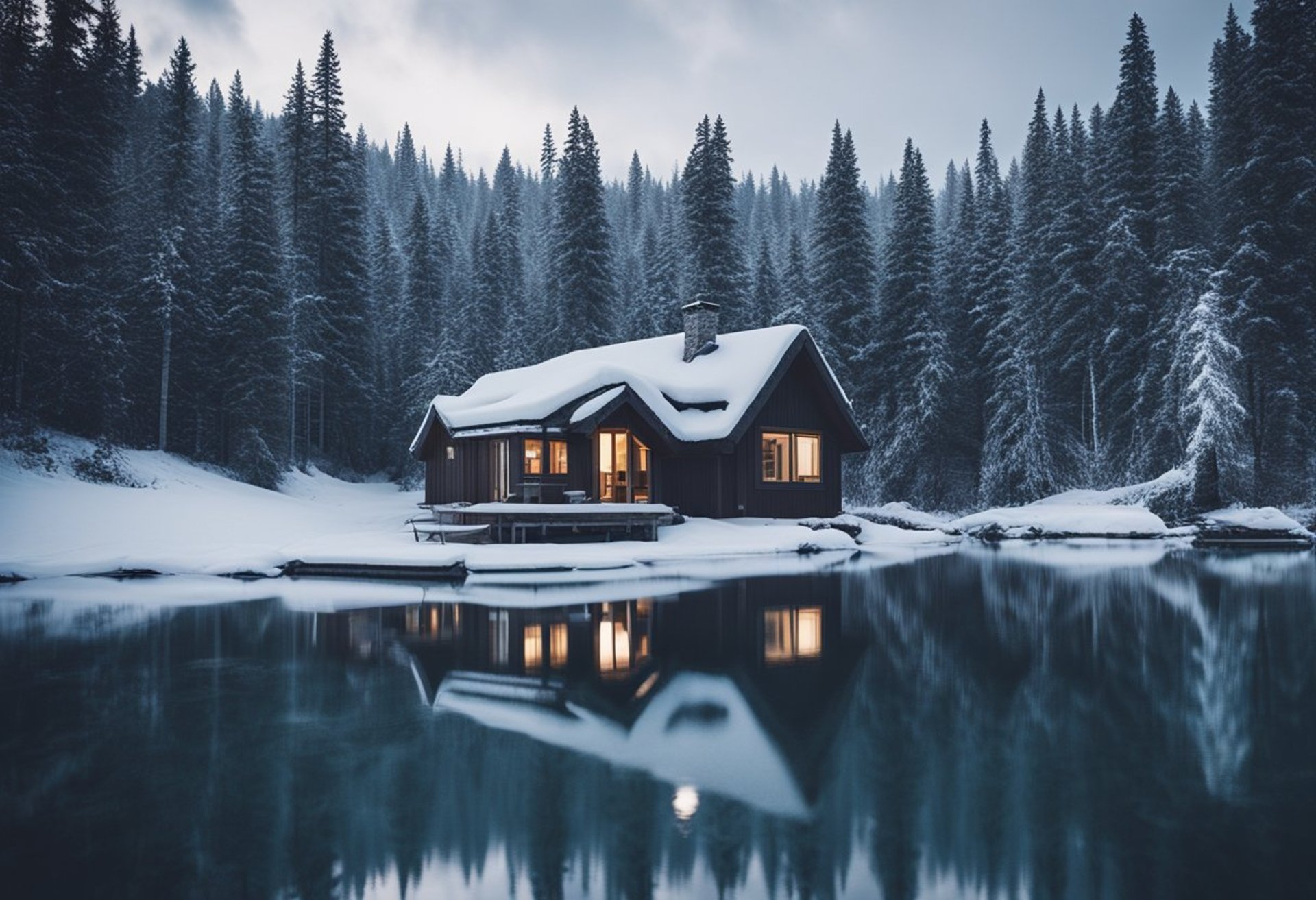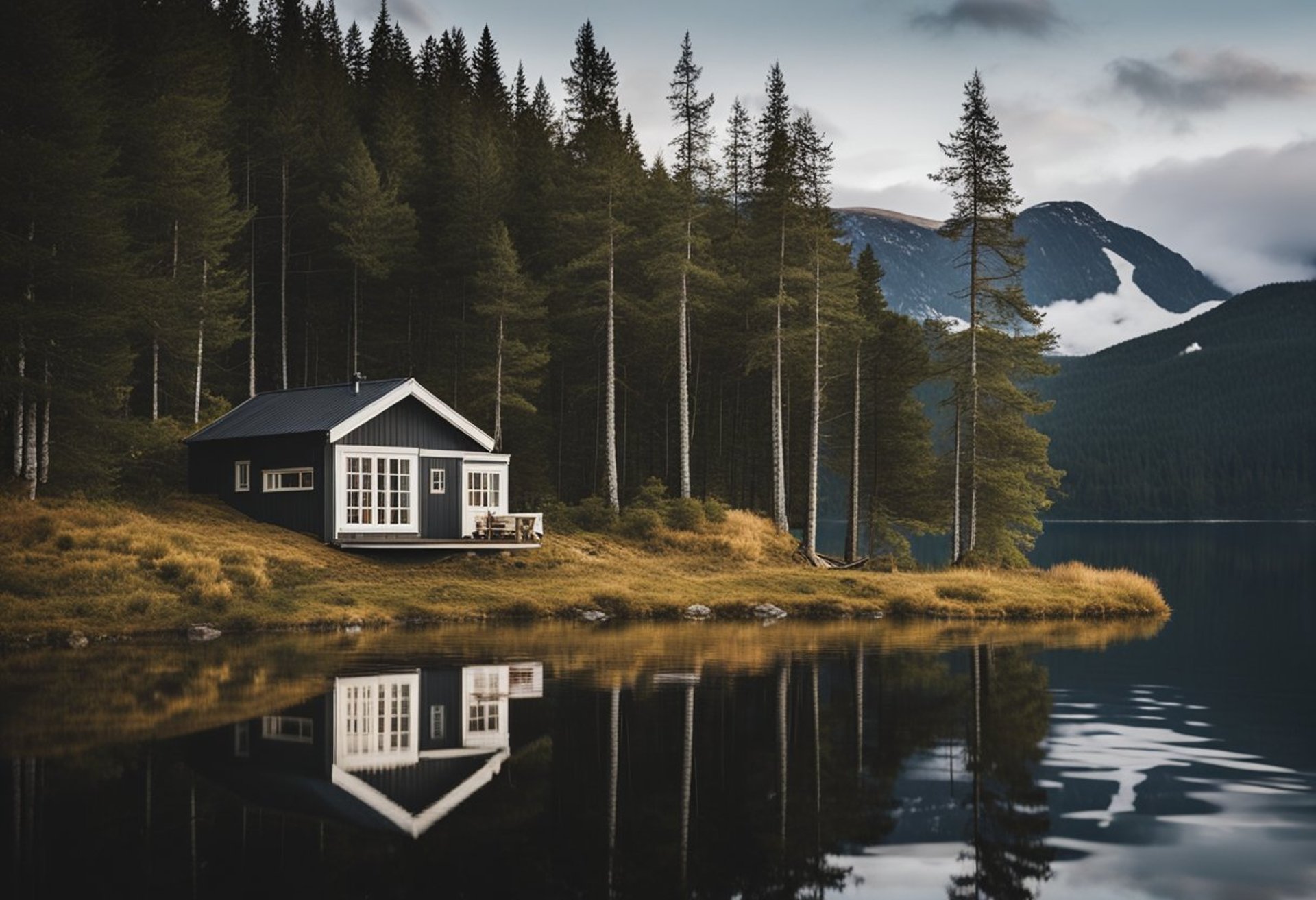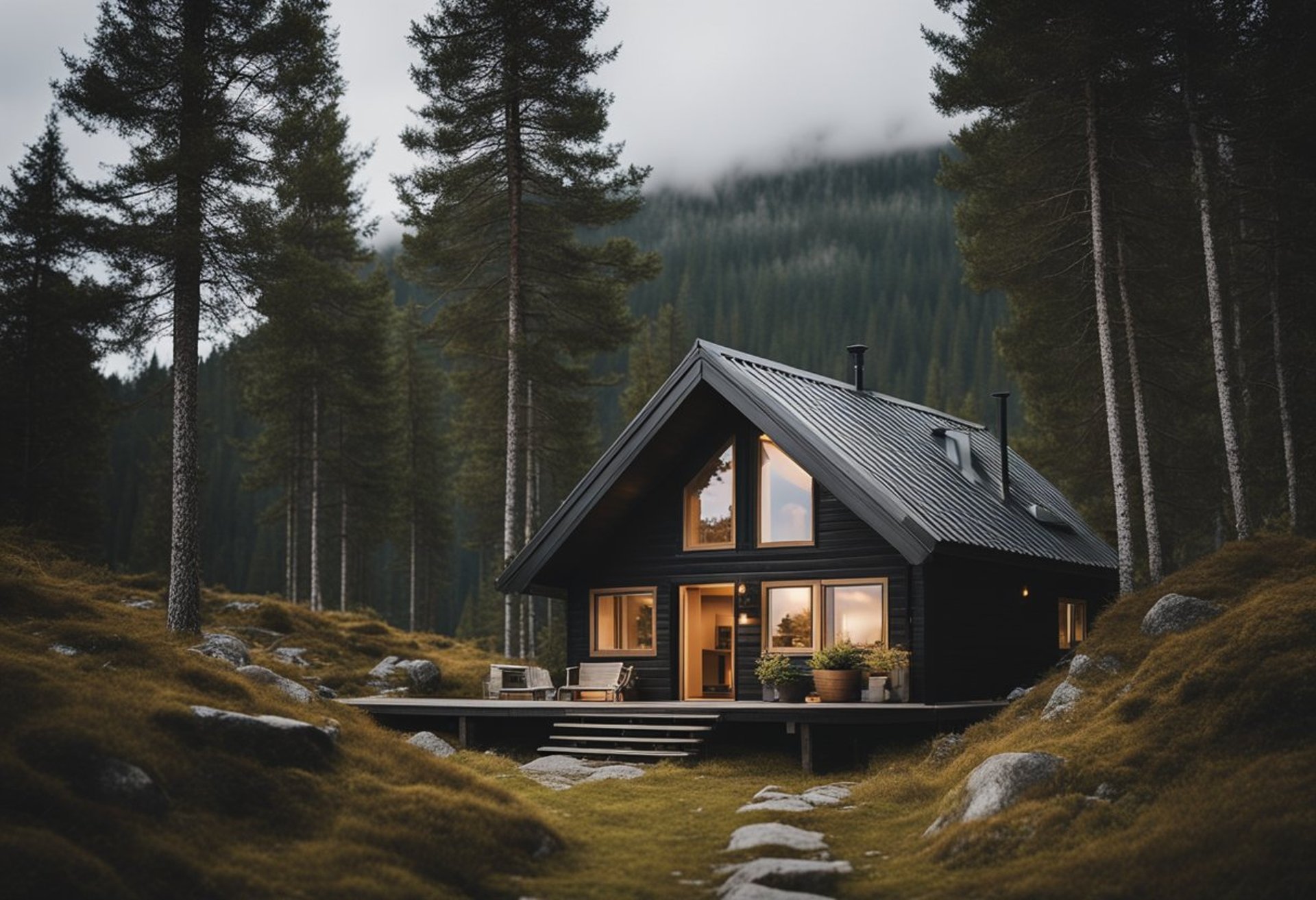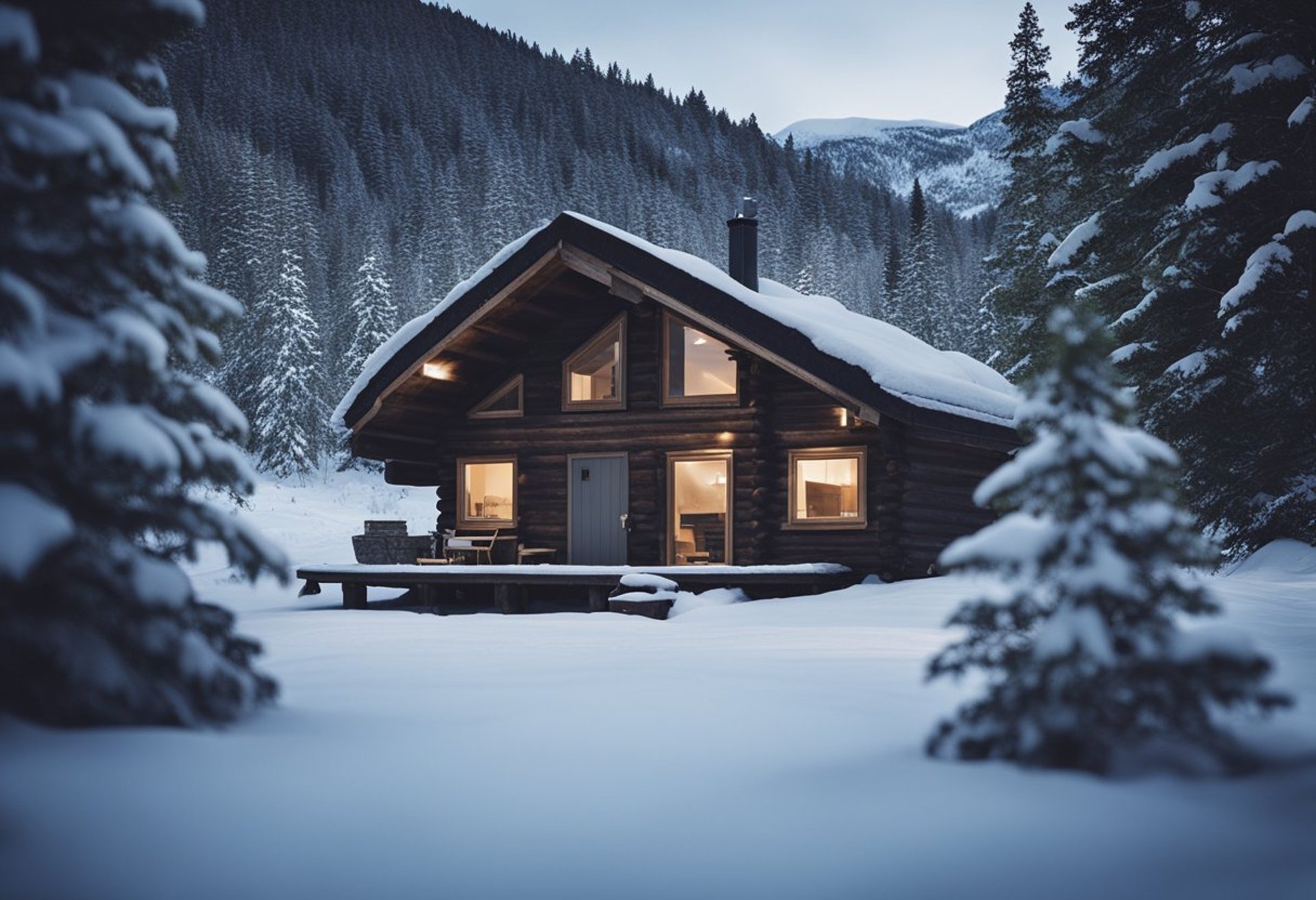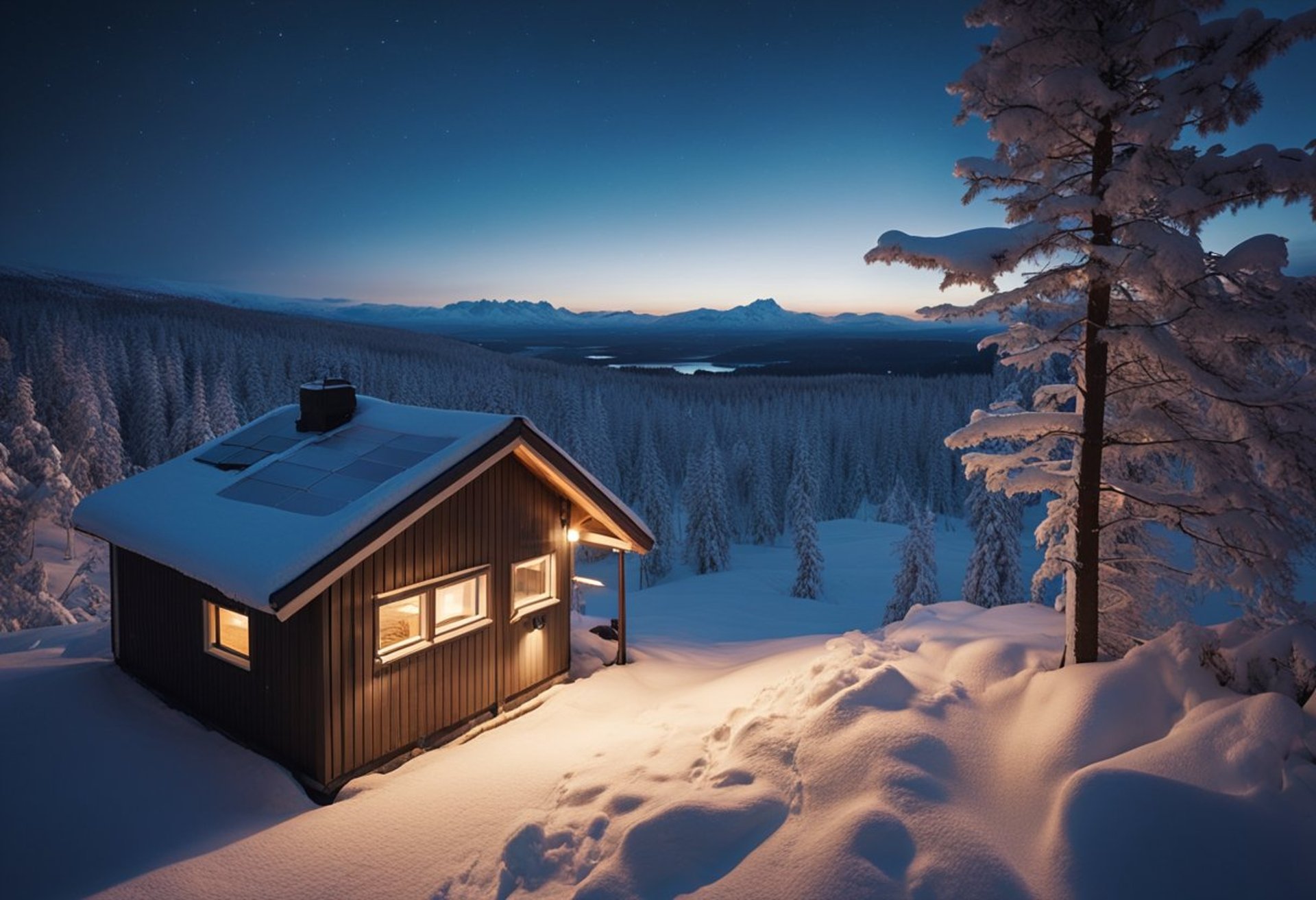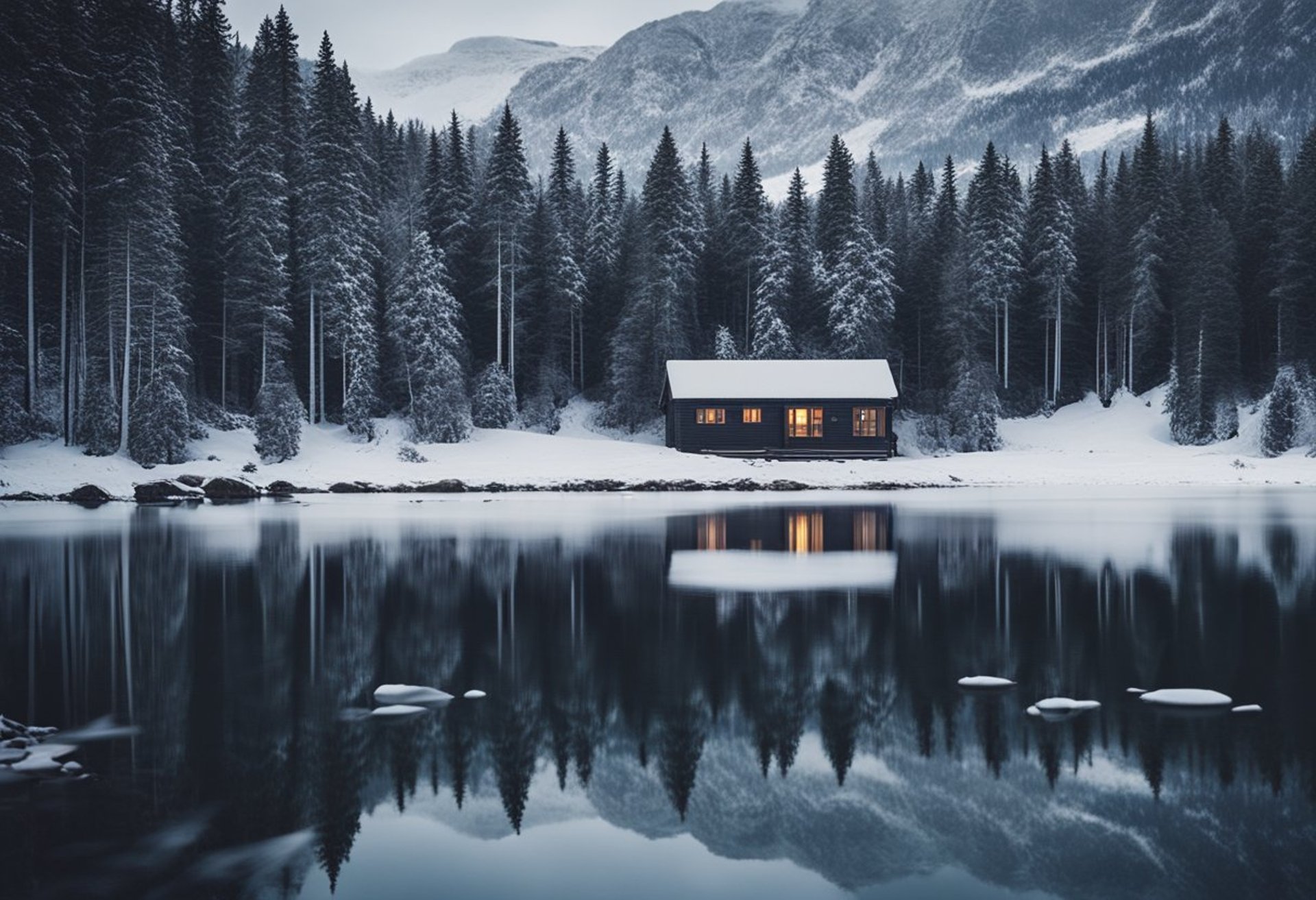Norway Off Grid: Navigating Sustainable Living in the Nordic Wilderness
Norway offers a unique opportunity for those interested in off-grid living, combining stunning natural landscapes with a deep commitment to sustainability. Living off the grid in Norway means embracing self-sufficiency in one of the world's most environmentally conscious countries. With its abundant resources and a culture that respects nature, Norway provides the perfect backdrop for creating a sustainable, off-grid lifestyle.
Norway Off Grid: Navigating Sustainable Living in the Nordic Wilderness
Norway offers a unique opportunity for those interested in off-grid living, combining stunning natural landscapes with a deep commitment to sustainability. Living off the grid in Norway means embracing self-sufficiency in one of the world's most environmentally conscious countries. With its abundant resources and a culture that respects nature, Norway provides the perfect backdrop for creating a sustainable, off-grid lifestyle.
Starting an off-grid journey involves careful planning and consideration of cabin design, accessibility, and the integration of eco-friendly technologies. The architecture reflects both traditional Norwegian aesthetics and modern sustainable practices, ensuring comfort while minimizing environmental impact. Those who pursue this lifestyle will find that it fosters a strong connection to nature and a profound sense of community.
For anyone contemplating an off-grid existence in Norway, understanding local building regulations and resources is essential. The interplay between practicality and sustainability is crucial, making Norway not just a picturesque location, but an ideal setting for a conscious, off-grid lifestyle.
Key Takeaways
Norway's natural beauty enhances the experience of off-grid living.
Sustainable technologies are essential for successful off-grid homes.
Community and nature play vital roles in this lifestyle choice.
Understanding Off-Grid Living in Norway
Living off-grid in Norway requires careful consideration of various factors, including legal regulations, climate conditions, and cultural attitudes towards self-sufficiency.
Legal Considerations and Regulations
Norway has specific laws concerning land use and building permits that individuals must navigate when establishing an off-grid lifestyle. Local municipalities enforce zoning regulations that dictate where one can build and how much land is needed.
Permits are often required for the construction of homes and other structures. It's common for aspiring off-grid residents to consult with local authorities to ensure compliance.
Individuals often explore existing regulations regarding water rights, waste management, and energy production. Legal obligations can impact the sustainability and feasibility of an off-grid project. Local laws vary, so it's crucial to understand the region's specific requirements.
Climate and Geographic Implications for Off-Grid Homes
The Norwegian climate presents unique challenges for off-grid living. With long, cold winters and short summers, homes must be designed to withstand extreme temperatures. Insulation and heating efficiency are paramount for comfort and survival.
Geographically, Norway's mountainous terrain and varied landscapes dictate the need for careful site selection. Proximity to water sources for drinking and energy generation is essential.
Many off-grid homes utilize solar panels, wind turbines, and hydroelectric systems to generate energy. Seasonal variations affect the availability of these resources, necessitating efficient energy storage solutions.
Sustainable water collection methods, such as rainwater harvesting and groundwater systems, are also critical given Norway's variable climate.
Cultural Significance of Self-Sufficiency in Norway
Self-sufficiency holds a special place in Norwegian culture, deeply rooted in the nation’s history of farming, fishing, and resourcefulness. Many Norwegians value independence from modern conveniences, which has led to a growing interest in off-grid living.
This ethos is fueled by a desire for environmental sustainability and a connection to nature. The concept of "friluftsliv," or open-air living, encourages people to engage with the outdoors and embrace a simpler lifestyle.
Communities often support initiatives that promote self-reliance, such as local workshops and cooperative projects. This cultural backdrop makes off-grid living not just a practical choice but also a lifestyle that resonates with many individuals in Norway.
Planning Your Off-Grid Cabin in Norway
When considering an off-grid cabin in Norway, careful planning is essential. Key factors include location, design principles, and legal requirements for property and permits.
Evaluating Suitable Locations for Off-Grid Cabins
Choosing a location for an off-grid cabin involves several critical criteria. First, access to natural resources, such as a freshwater supply, is vital. Proximity to forests can provide building materials and firewood.
Zoning laws and accessibility to main roads can affect both construction and day-to-day living. Areas with a low risk of natural disasters, like flooding or landslides, should be prioritized. Additionally, consider the cabin's orientation for sunlight exposure, which aids in solar energy collection.
Minimalist Off-Grid Cabin Design Principles
An off-grid cabin design should emphasize sustainability and efficiency. A minimalist approach minimizes resource use, cutting down waste and energy consumption.
Key features include:
Compact Layouts: Efficient space usage reduces heating needs.
Multi-Functional Furniture: Items like fold-out tables save space.
Natural Materials: Wood and stone not only blend with surroundings but also use less processed materials.
Incorporating renewable energy systems, such as solar panels and wind turbines, often enhances the sustainability of the design. Natural insulation, like wool or straw bales, improves energy efficiency.
Securing the Right Property and Building Permits
Before starting construction, it’s necessary to identify and secure the right property. Research local land regulations and zoning restrictions to avoid future complications.
Acquiring building permits is crucial. This process often requires submitting detailed plans to the local municipality. Understanding what documentation is needed can streamline the approval process.
Moreover, consider hiring local professionals who are familiar with Norway’s regulations and climate. This expertise can help ensure compliance and optimal design tailored to the unique Norwegian landscape.
Cabin Architecture and Design
Cabin architecture for off-grid living focuses on energy efficiency and the integration of renewable resources. A well-designed cabin enhances sustainability while maintaining comfort and functionality.
Energy-Efficient Building Materials and Insulation
Choosing the right building materials is crucial for off-grid cabins. Common options include:
Wood: Local timber is often used for its availability and insulating properties.
Straw bales: These provide excellent insulation and a low environmental impact.
Recycled materials: Items such as reclaimed wood and repurposed metal can reduce waste.
Proper insulation also plays a vital role. Effective techniques include:
Double glazing: This reduces heat loss through windows.
Natural insulators: Materials like sheep's wool and cellulose can effectively maintain temperature.
Investing in these materials creates a sustainable structure that minimizes energy consumption and promotes a lower carbon footprint.
Integrating Renewable Energy Sources
Integrating renewable energy sources is essential for off-grid cabins. Solar panels are among the most common options. They convert sunlight into electricity, providing power for lighting and appliances.
Wind turbines: These can supplement energy, especially in areas with consistent wind.
Hydroelectric systems: For cabins near water, small-scale hydro setups can provide continuous power.
Energy storage solutions, like batteries, store excess energy for use during low production times. Incorporating these systems ensures consistent energy availability while promoting independence from traditional energy sources. Effective placement and sizing of these resources are key to maximizing efficiency and sustainability.
Interior Design and Functionality
Designing interiors for off-grid cabins focuses on maximizing space and functionality while maintaining comfort. The kitchen, bathroom, and storage solutions must cater to the specific needs of a self-sufficient lifestyle.
Innovative Kitchen Design for Off-Grid Cabins
Off-grid kitchens prioritize efficiency and sustainability. Key features include:
Energy-Efficient Appliances: Use solar-powered or propane appliances, reducing reliance on traditional power sources.
Compact Layouts: Consider a U-shaped or L-shaped design that optimizes workflow and space.
Natural Materials: Choose sustainable materials like reclaimed wood for cabinets and countertops, enhancing aesthetics and ecological responsibility.
Incorporating multifunctional furniture, such as a kitchen island with built-in storage, can significantly enhance usability. Adequate ventilation is crucial, especially in cooking areas. Open shelving fosters easy access and encourages organization, which is essential in smaller kitchens.
Functional Bathroom Solutions for Off-Grid Cabins
Designing a bathroom in an off-grid cabin requires creativity and practicality. Essential considerations include:
Composting Toilets: These systems are eco-friendly and reduce the need for plumbing.
Water-Saving Fixtures: Install low-flow showerheads and faucets to conserve water.
Shower Alternatives: Consider outdoor showers or portable options when space is limited.
Using moisture-resistant materials helps maintain the interior's integrity. Wall-mounted storage can maximize space and keep essentials accessible. A well-designed layout ensures that every inch serves a purpose, reflecting a balance of comfort and functionality.
Space-Saving Ideas and Storage Solutions
Effective storage is critical in an off-grid cabin. Implementation of clever strategies can make a difference:
Built-In Furniture: Incorporate benches or beds with storage underneath to minimize clutter.
Wall Utilization: Install shelves and hooks for items like tools and outdoor gear, freeing up floor space.
Vertical Storage: Consider tall cabinets or shelving units that draw the eye upward, creating an illusion of height.
Additionally, using modular furniture allows for flexible configurations, accommodating changing needs. By embracing these concepts, off-grid living can be both efficient and stylish.
Living Off the Grid in Norway
Living off the grid in Norway involves a unique lifestyle focused on self-sufficiency and connection with nature. Individuals must adopt specific routines and community practices to thrive in remote settings while navigating long-term challenges associated with off-grid living.
Daily Life and Maintenance Routines
Daily life for those living off the grid in Norway revolves around essential activities like food sourcing, energy management, and maintenance of the cabin. Most residents rely on solar panels or wind turbines for electricity, requiring regular checks to ensure optimal performance.
Water collection often comes from nearby streams or rainwater systems, demanding periodic filtration to remain safe for drinking. Heating is crucial, particularly during long winters, typically achieved through wood-burning stoves. Lumber must be harvested and processed, which can be labor-intensive but rewarding.
Time management is critical, as off-grid individuals must balance chores, relaxation, and excursions into the natural surroundings. Setting a consistent schedule improves efficiency and enhances the overall off-grid experience.
Community and Networking with Other Off-Gridders
Networking with other off-grid residents is vital for support and knowledge-sharing. Many choose to join local groups or participate in online forums dedicated to sustainable living. This fosters camaraderie and provides access to resources, including equipment sharing and communal workshops.
Common activities among off-grid communities include potluck dinners and skill-sharing sessions. These gatherings allow for the exchange of gardening techniques or DIY repairs. Trust and cooperation are significant assets, as individuals can rely on each other for help during emergencies.
Building relationships also helps in navigating local regulations and environmental guidelines. Understanding shared challenges from various perspectives strengthens the community and provides practical solutions.
Long-Term Considerations for Off-Grid Cabin Living
Long-term off-grid living in Norway requires careful planning for sustainability and resilience. Financial considerations are paramount, as the initial investment in equipment may be substantial. Ongoing costs, such as maintenance and repairs, must also be planned.
Seasonal changes play a critical role in daily living. Residents should prepare for longer winters with adequate supplies and preparedness strategies. Additionally, establishing a diverse food supply through foraging, gardening, or hunting ensures food security.
It is also essential to develop a backup plan for emergencies, including equipment failures or severe weather conditions. By carefully addressing these factors, individuals can enjoy a fulfilling life off the grid while staying grounded in their secluded surroundings.
Sustainability and Environmental Impact
Norway's push for off-grid living aligns closely with its commitment to sustainability and environmental protection. This approach emphasizes the protection of biodiversity and implements effective waste management strategies.
Promoting Biodiversity and Protecting the Natural Habitat
Off-grid practices often lead to a reduction in urban sprawl, allowing natural habitats to thrive. In Norway, maintaining ecosystems is vital due to its rich biodiversity, including unique flora and fauna.
Key strategies implemented include:
Reforestation efforts to restore natural landscapes.
Monitoring illegal activities that may threaten wildlife.
Community initiatives focus on integrating renewable energy sources, such as solar and wind power, to minimize ecological footprints.
Protecting native species is a priority, as they play a crucial role in maintaining ecological balance.
Waste Management and Reduction Strategies
Effective waste management is a cornerstone of off-grid living in Norway. Households prioritize practices that reduce waste generation and promote recycling.
Strategies include:
Composting: Organic waste is transformed into nutrient-rich soil, reducing landfill use.
Resource Sharing: Communities engage in tools and resource sharing to minimize unnecessary consumption.
Education on proper waste disposal is crucial. Citizens are encouraged to separate recyclables, leading to higher recovery rates.
Additionally, initiatives encourage purchasing durable products and reducing single-use items. These practices contribute significantly to the sustainability of off-grid lifestyles, minimizing environmental impact.









